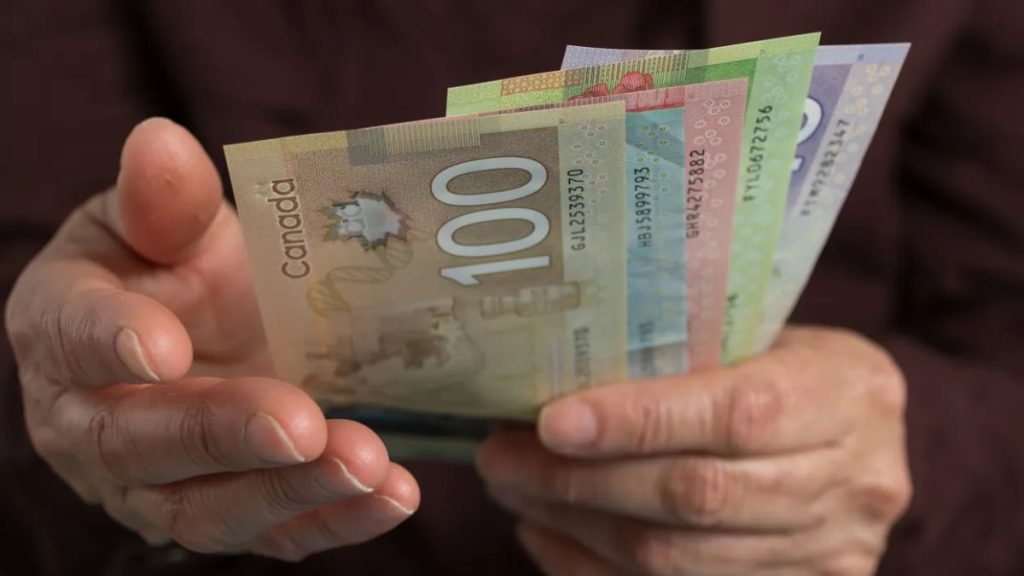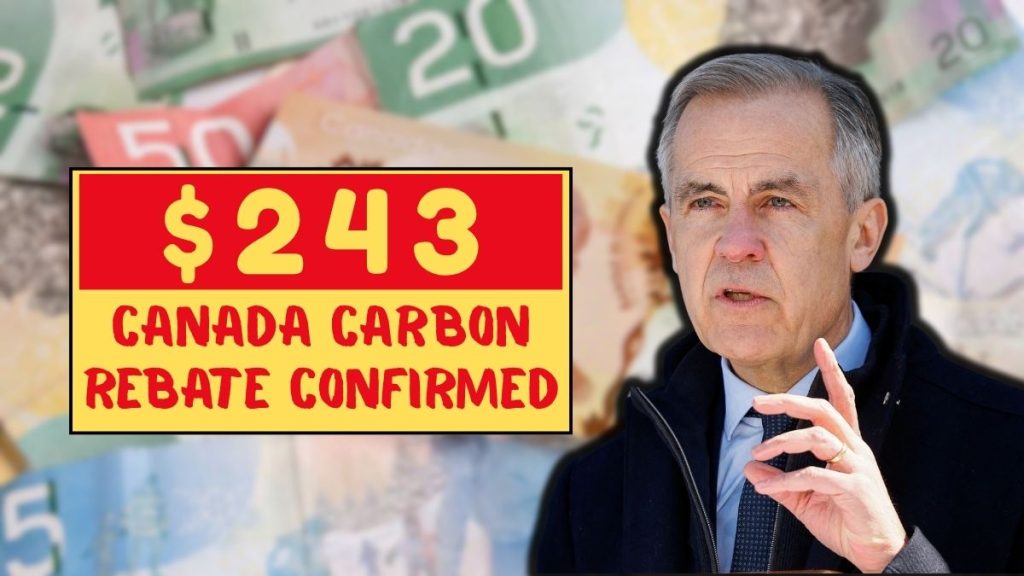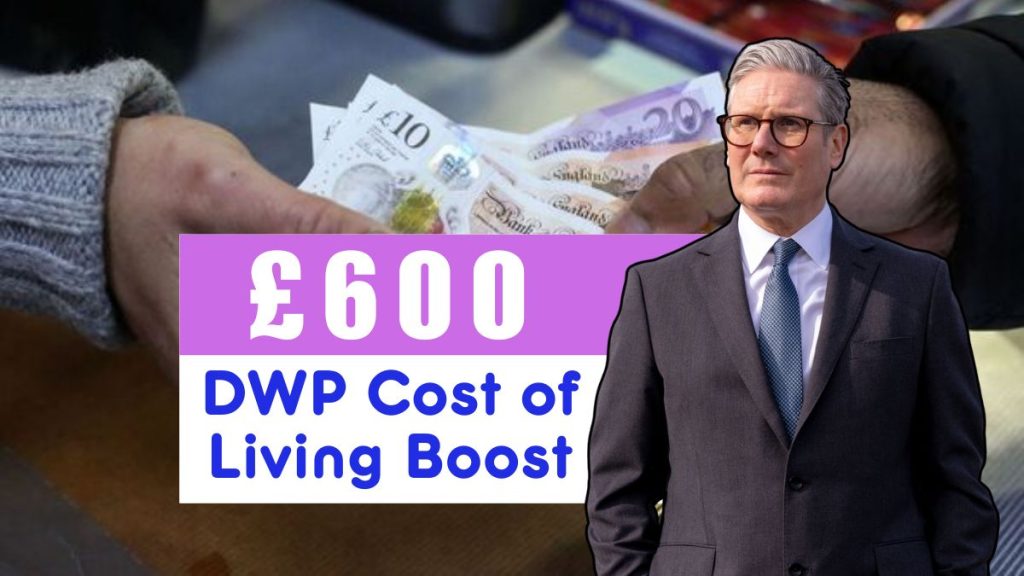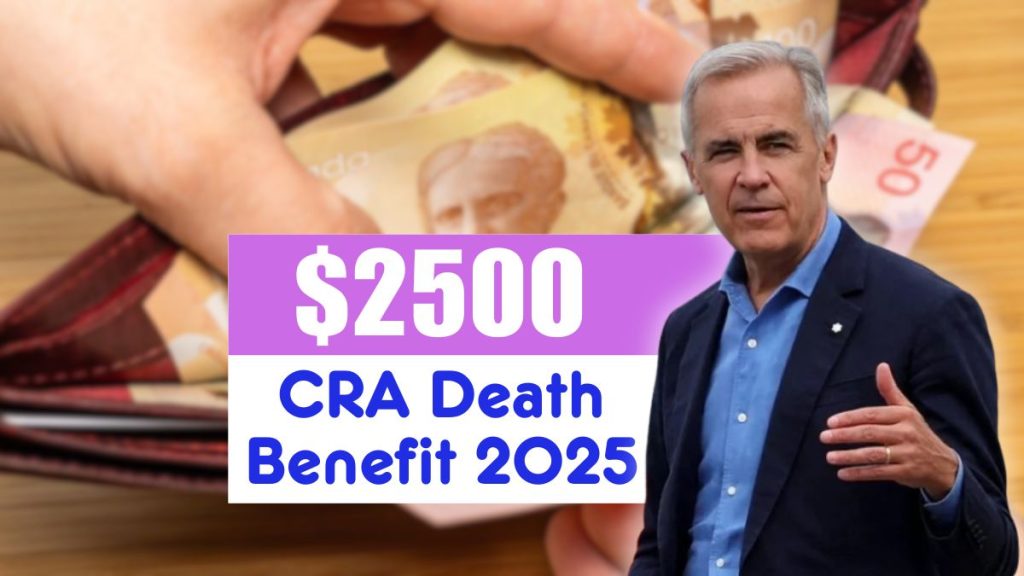The Canada Revenue Agency (CRA) has confirmed a special one-time $5,000 tax refund set to roll out in September 2025, marking one of the largest direct relief initiatives in recent years. Designed to support Canadians struggling with high living costs and post-inflation pressures, this program offers a vital financial boost to individuals and families across the country.
For millions of taxpayers, this refund is more than just a policy update — it’s a chance to catch up on bills, manage debt, and secure short-term stability in an increasingly expensive economy. Here’s a detailed breakdown of who qualifies, when the payment will arrive, and how to claim your $5,000 CRA refund in 2025.
Understanding the CRA $5,000 Tax Refund
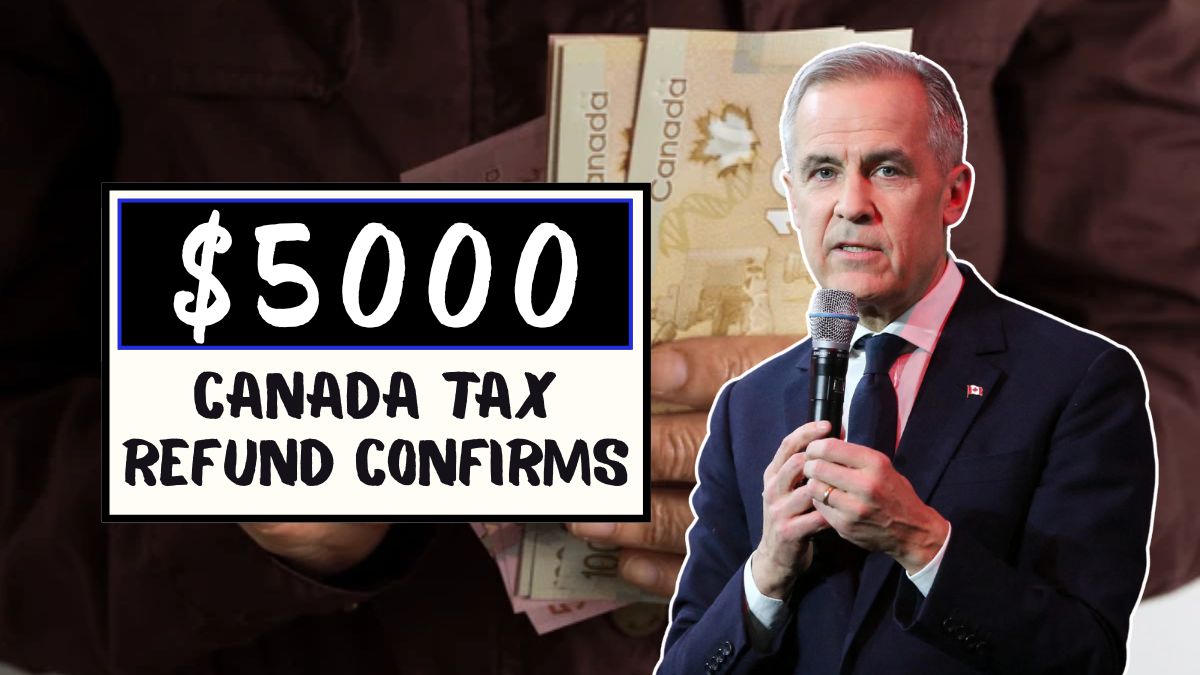
The CRA $5,000 Tax Refund is a one-time federal initiative designed to provide direct economic relief to eligible taxpayers who filed their 2024 income tax returns. Unlike standard tax refunds tied to annual deductions, this program acts as a targeted financial stimulus to help Canadians offset essential expenses amid continued inflation.
The payment aims to strengthen economic stability, particularly for low- and middle-income households, while encouraging citizens to remain compliant with CRA filing requirements. By extending this refund, the federal government seeks to stimulate household spending, reduce debt pressure, and reinforce public confidence in Canada’s tax support systems.
CRA $5,000 Tax Refund Overview
| Category | Details |
|---|---|
| Authority | Canada Revenue Agency (CRA) |
| Program Name | CRA $5,000 Tax Refund |
| Country | Canada |
| Refund Amount | $5,000 (one-time payment) |
| Payment Mode | Direct deposit or cheque |
| Expected Payment Date | September 2025 |
| Processing Time | 4–8 weeks from issuance |
| Eligible Beneficiaries | Canadian taxpayers who filed 2024 tax returns |
| Official Website | www.canada.ca |
Why the CRA $5,000 Refund Matters
The $5,000 refund comes at a time when many Canadians continue to face economic challenges—from rising grocery prices to increasing mortgage and utility costs. For lower-income households, this payment could mean covering overdue bills or avoiding new debt.
Financial analysts view this measure as both economic support and a strategic tax compliance incentive. By rewarding those who file on time and maintain tax accuracy, the CRA aims to bring more Canadians into the formal system while providing immediate liquidity to households hit hardest by inflation.
Who Qualifies for the CRA $5,000 Tax Refund in 2025
The CRA has set clear eligibility rules to ensure that funds go to legitimate, compliant taxpayers. You may qualify if you meet the following criteria:
- Residency Requirement:
You must be a resident of Canada as of December 31, 2024, and remain a resident during the 2025 tax year. - Age Requirement:
You must be 18 years or older at the time of filing. - Tax Filing Requirement:
Only individuals who filed their 2024 income tax return are eligible for the refund. - Income-Based Eligibility:
The CRA will prioritize low- to middle-income earners, as determined by the gross income thresholds set for 2025. - Legal Compliance:
You must not have any pending tax disputes, fraud investigations, or unresolved legal cases with the CRA.
These requirements are designed to ensure fairness and prevent fraudulent claims while directing support to those most in need.
Payment Schedule for the CRA $5,000 Refund
The CRA has outlined a two-phase payment plan for distributing the refund:
- Phase 1 – Direct Deposit Payments:
Taxpayers enrolled in CRA’s direct deposit system will receive funds first, starting in July 2025. - Phase 2 – Cheque Payments:
Those who have not opted for direct deposit will receive paper cheques by September 2025.
All recipients will be notified via email or CRA My Account notifications once the refund has been processed.
How to Secure and Track Your $5,000 Tax Refund
The easiest way to track your refund status and ensure timely processing is by using CRA My Account. This secure online portal allows taxpayers to view their filing history, payment status, and any pending updates.
Steps to follow:
- Visit the CRA My Account portal.
- Log in using your Government of Canada credentials.
- Navigate to “Tax Refund Status” under your account summary.
- Check for payment confirmation or pending processing notes.
To receive your refund faster, ensure your direct deposit information and personal contact details are up to date.
Safety Precautions — Avoid CRA Scams
With high-profile programs like this, fraudulent messages pretending to be from the CRA are common.
The CRA has repeatedly warned taxpayers not to respond to unsolicited emails, phone calls, or texts requesting personal or banking information.
Official CRA communication channels include:
- CRA My Account secure messages
- Government of Canada mail (official envelopes)
- Verified CRA phone calls from 1-800 series numbers
If in doubt, contact CRA directly to confirm the legitimacy of any correspondence.
How the $5,000 Refund Impacts Canadian Households
The $5,000 payment offers immediate financial relief to millions of Canadians. It is expected to:
- Ease debt pressure on households facing credit card or loan repayments.
- Support essential spending on food, utilities, and medical care.
- Boost savings or investments for future stability.
- Encourage tax compliance, especially among first-time filers.
Economists believe that the injection of cash into households will also stimulate local economies, as most recipients are likely to spend the funds within their communities.
CRA Refund Taxability — Is the $5,000 Payment Tax-Free?
While the refund acts as financial assistance, it is technically taxable income. Recipients will need to report the $5,000 on their 2025 tax return. The CRA has emphasized transparency, noting that the refund must be included under “Other Income” when filing next year’s taxes.
However, because it’s a one-time payment, the long-term tax impact on most individuals will be minimal.
CRA’s Latest System Upgrades
To streamline processing and minimize delays, the CRA has implemented several upgrades to its online systems:
- Enhanced refund tracking tools via CRA My Account.
- Priority processing for direct deposit recipients.
- Reduced reliance on paper-based transactions to speed up cheque issuance.
- Improved fraud detection mechanisms to protect taxpayer data.
These enhancements are part of the CRA’s ongoing efforts to modernize tax administration and deliver services more efficiently.
What to Do If Your Refund Is Delayed
If your payment hasn’t arrived within the expected 4–8 week window, take the following steps:
- Log into CRA My Account to verify if your refund has been issued.
- Confirm your direct deposit details are accurate.
- Check your 2024 tax return status to ensure it was successfully filed.
- Contact CRA via their helpline if the issue persists beyond eight weeks.
Key Takeaways
- Payment Amount: $5,000 one-time refund.
- Payment Month: September 2025 (direct deposits may begin earlier).
- Eligibility: Canadian residents aged 18+ who filed 2024 tax returns.
- Processing Time: 4–8 weeks after issuance.
- Taxation: Refund must be reported as taxable income in 2025.
This refund represents one of the largest single-year relief programs from the CRA, reinforcing the government’s commitment to helping citizens navigate economic pressures while maintaining tax fairness.
FAQs About the CRA $5,000 Tax Refund
Q1. What is the CRA $5,000 Tax Refund?
It’s a one-time payment issued by the CRA to eligible Canadian taxpayers in 2025 to help offset rising living costs and promote economic stability.
Q2. Who qualifies for the $5,000 refund?
You must be a Canadian resident, at least 18 years old, and have filed your 2024 income tax return. The CRA prioritizes low- and middle-income earners.
Q3. When will the refund be paid?
Direct deposits begin in July 2025, while cheque payments will be distributed by September 2025.
Q4. Do I need to apply for this refund?
No. If you’re eligible and filed your taxes, you’ll automatically receive the refund through direct deposit or cheque.
Q5. Is the refund taxable?
Yes. The $5,000 refund must be declared as taxable income on your 2025 tax return.









